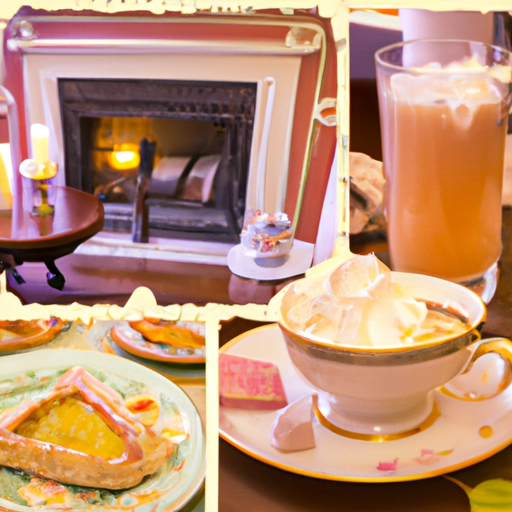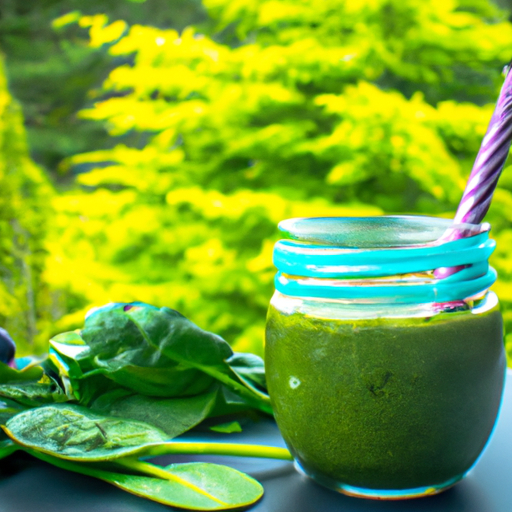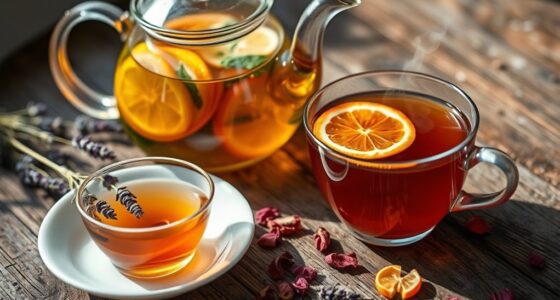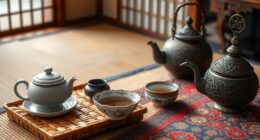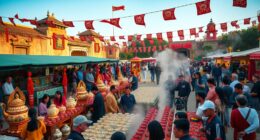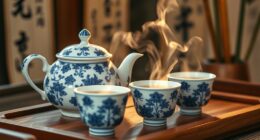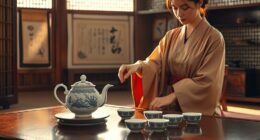Imagine this: a chilly winter night, snuggled up on the sofa with a steaming mug in your hands. Now picture that mug brimming with a heavenly mix of tea and hot cocoa, expertly combined for a soothing and luxurious beverage. Introducing tea-infused hot chocolate, a divine fusion of flavors that will whisk you away to a realm of sheer joy.
Whether you prefer the rich and robust taste of Earl Grey, the spicy notes of Masala Chai, or the soothing aroma of Chamomile, there is a tea out there to suit every palate. And when you infuse it with hot chocolate, the result is nothing short of magical.
There are two methods to make tea infused hot chocolate: the homemade method, where you steep loose leaf tea or tea bags in hot water and then add cocoa powder, milk, and sugar; or the quick method, where you steep tea and mix it with pre-made hot chocolate powder. The choice is yours.
So go ahead, get creative, and experiment with different teas and flavors. Share your creations and preferences for tea in hot chocolate, and let’s create a community of tea-infused hot chocolate lovers. Cheers to cozy winter nights and delicious drinks!
Key Takeaways
- Tea infused hot chocolate is a flavorful and warm winter drink that combines tea and hot chocolate.
- There are many different types of teas that can be used for tea infused hot chocolate, such as Earl Grey, Masala Chai, Hojicha, Genmaicha, Lapsang Souchong, Chamomile, Peppermint, Vanilla blend, and Berry blend.
- There are two methods to make tea infused hot chocolate: homemade hot chocolate on the stove top or using premade hot chocolate powder.
- The recipe can be customized by using different types of tea, and the water temperature and steeping time will vary depending on the tea used.
What is it?
Tea infused hot chocolate is a delicious combination of tea and hot chocolate that creates a flavorful and warm winter drink. It not only satisfies your chocolate cravings but also adds a unique twist with the infusion of tea.
The benefits of tea infused hot chocolate go beyond just taste. Different tea blends can offer various health benefits. For example, Earl Grey tea is known for its calming properties, while Chamomile tea can help with relaxation and sleep. Peppermint tea aids in digestion, and Masala Chai tea provides a boost of energy.
By incorporating these teas into your hot chocolate, you not only get a comforting beverage but also reap the benefits of the tea blend. It’s a win-win situation!
Methods of Preparation
To prepare this delightful winter beverage, I’ll need to choose between two equally delicious methods of preparing it. The first method involves making homemade hot chocolate on the stove top. For this, I’ll need unsweetened cocoa powder, milk, sugar, and of course, tea.
I can choose from a variety of teas such as Earl Grey, Masala Chai, or Chamomile. The tea is steeped in hot water and then strained before adding the cocoa powder, milk, and sugar.
The second method is a quicker option using pre-made hot chocolate powder. Instead of using water, I steep the tea and then mix it with the powder.
Both methods have their benefits. The homemade version allows for customization and the use of quality ingredients, while the quick method is convenient and still delicious. It’s up to me to decide which method suits my taste and time constraints.
Customization Options
For a personalized touch, I can experiment with different types of tea to create my own unique flavor profile for my cozy winter beverage. By combining various teas with hot chocolate, I can discover delightful and unexpected taste combinations.
Here are some different tea combinations to consider:
-
Earl Grey tea with its bergamot flavor adds a citrusy twist to the rich hot chocolate.
-
Masala Chai tea infuses the hot chocolate with warm spices like cinnamon, cardamom, and ginger.
-
Hojicha tea, with its roasted flavor, brings a toasty and nutty note to the sweet chocolate drink.
To enhance the tea-infused hot chocolate experience, I can also try serving suggestions such as adding a dollop of whipped cream, a sprinkle of cocoa powder, or a drizzle of caramel sauce. These little touches can elevate the cozy winter beverage into a decadent treat.
So, let the tea exploration begin and create your own unique combination of flavors for a truly indulgent tea-infused hot chocolate experience.
Frequently Asked Questions
Can I use any type of tea to make tea infused hot chocolate?
Absolutely! When making tea infused hot chocolate, the tea options are endless. From the boldness of Earl Grey to the soothing qualities of Chamomile, there are countless flavor combinations to explore and create your perfect cup of cozy indulgence.
How long do I need to steep the tea for?
Steeping time for different types of tea in tea infused hot chocolate varies. Generally, black teas should steep for 3-5 minutes, herbal teas for 5-7 minutes, and green teas for 2-3 minutes. To enhance the flavor, consider adding spices or extracts like cinnamon or vanilla.
Can I use hot milk instead of water to make the hot chocolate?
Using hot milk for hot chocolate instead of water has its benefits. Hot milk adds richness and creaminess to the drink, enhancing the texture and flavor. It creates a luxurious and indulgent beverage that is perfect for a cozy winter treat.
Can I use sweetened cocoa powder instead of unsweetened?
Using sweetened cocoa powder in tea infused hot chocolate is like adding a burst of sugary delight to your taste buds. While it can be used as an alternative to unsweetened cocoa powder, it may result in a sweeter and richer flavor.
Can I add other flavors or spices to the tea infused hot chocolate?
Yes, you can definitely add other flavors or spices to tea infused hot chocolate. This can be done by using different types of tea such as Earl Grey or Masala Chai, or by adding spices like cinnamon or nutmeg to enhance the flavors of both the tea and chocolate.


